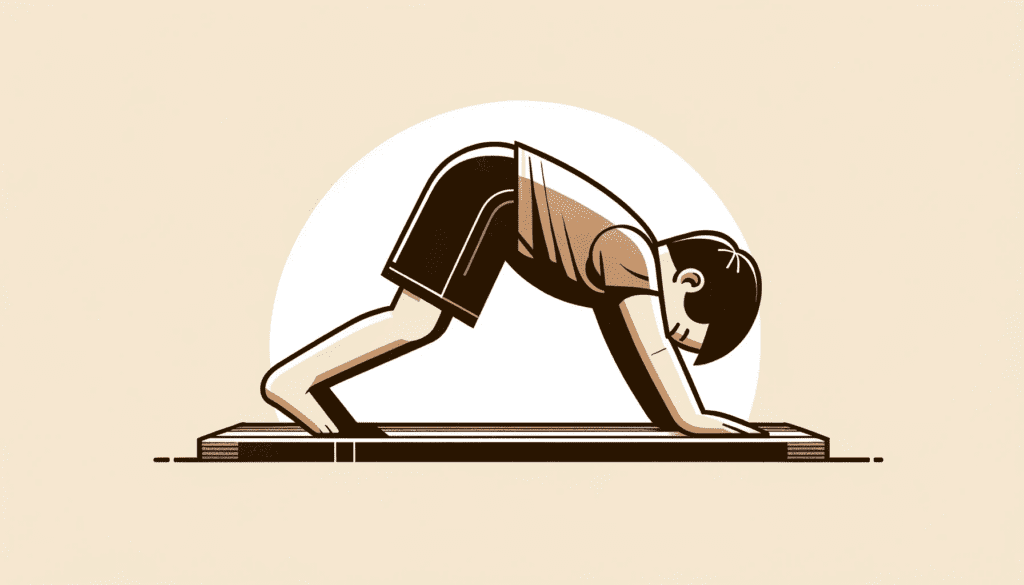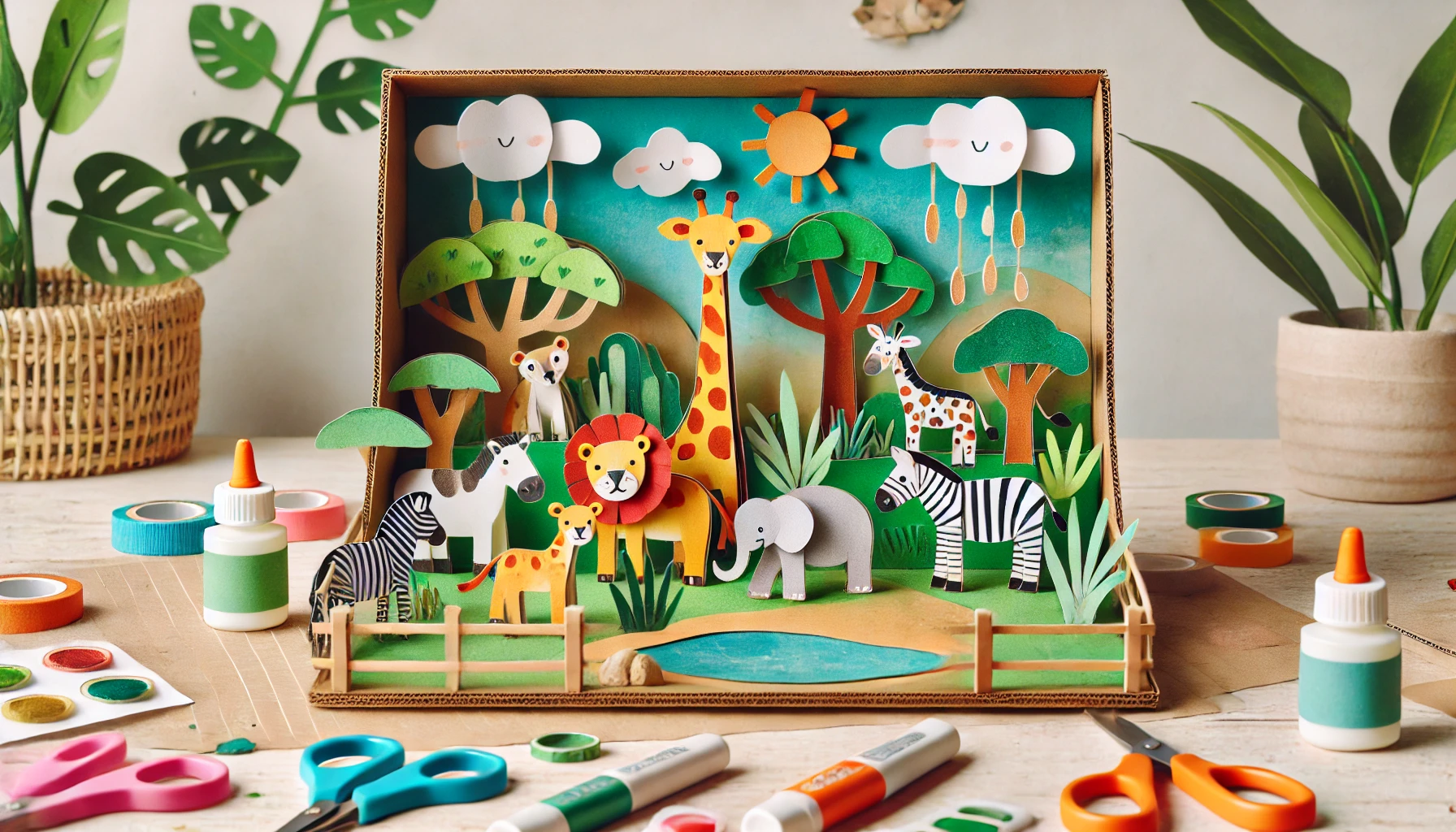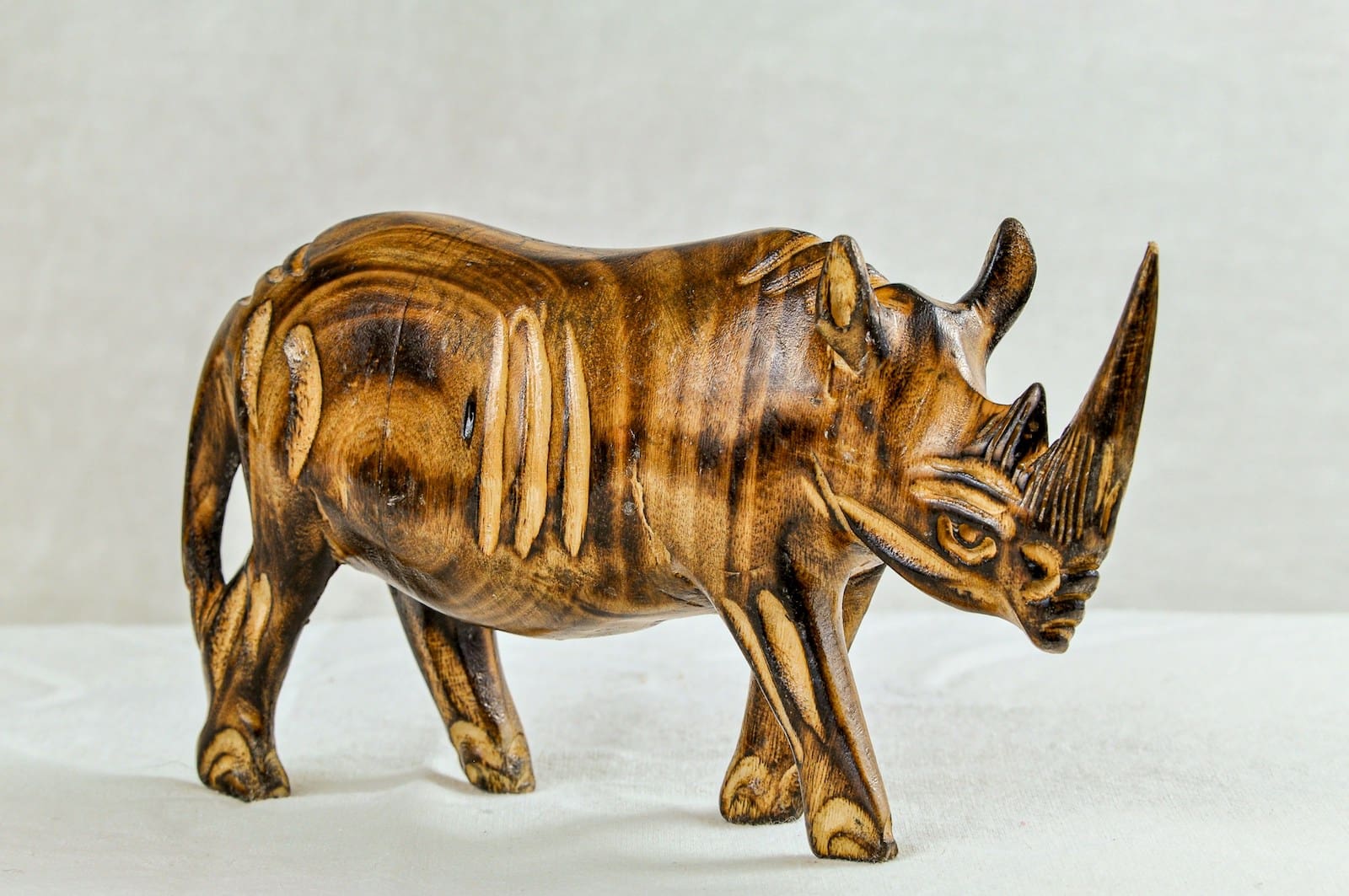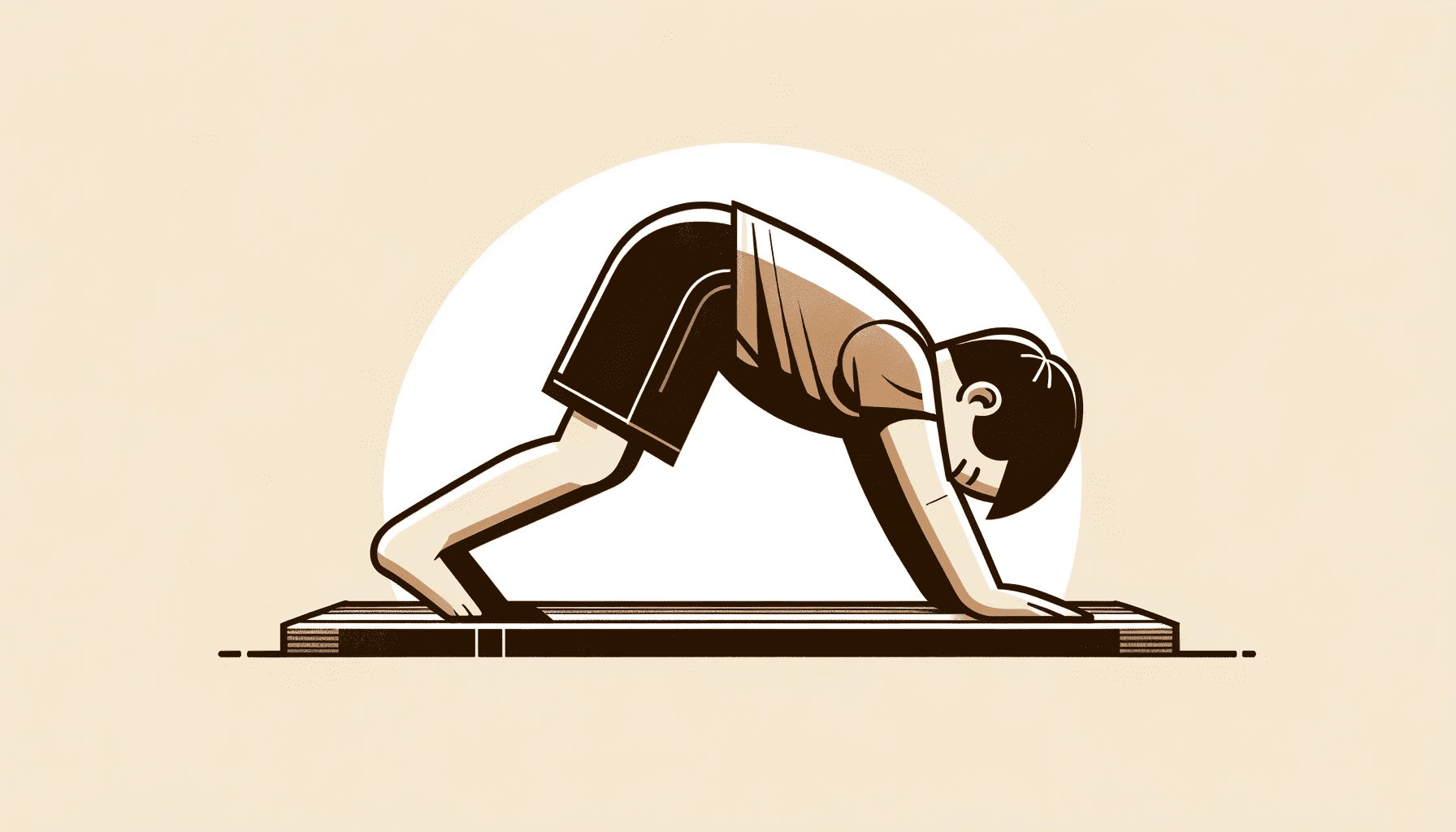
Animal Poses for Kids to Encourage Movement and Fun
Yoga is a practice that combines physical postures, breathing techniques, and meditation or relaxation. When adapted for children, yoga transforms into a playful adventure, engaging their creativity and imagination. Kids yoga often draws inspiration from the natural world, with animal yoga poses being particularly popular. These poses help kids explore movement, gain awareness of their bodies, and develop better balance and flexibility in a fun and exciting way.
Zoo Yoga for kids encourages them to embody the characteristics of various animals they might see on a trip to the zoo. By imitating creatures like a tall giraffe or a strong elephant, children not only enhance their physical strength and coordination but also expand their knowledge about the animal kingdom. The practice of animal yoga poses fosters a nurturing environment where children can learn at their own pace, without feeling the pressure to perform or compete.
The essence of Zoo Yoga lies in its blend of physical exercise and imaginative play. This unique form of yoga for kids nurtures their innate curiosity while promoting a peaceful mindset through focused breathing exercises. As children shift from one animal pose to another, they tap into their inner creativity, often leading to spontaneous stories and scenarios that enrich the experience. It’s a delightful way for little ones to develop a lifelong appreciation for fitness, nature, and their own inner world.
Fundamentals of Zoo Yoga
Zoo Yoga, a fun and educational activity, is a method of teaching children animal yoga poses inspired by the traits and movements of zoo animals. This form of yoga incorporates a zoo theme to engage children’s imaginations while they learn about animals and practice yoga.
Understanding Zoo Yoga
Zoo Yoga is a child-friendly approach that combines the excitement of a visit to the zoo with the physical and mental benefits of yoga. By emulating the movements and behaviors of various zoo animals, children perform animal poses that encourage physical activity and imaginative play. As they imitate a roaring lion or stretch like a tall giraffe, kids not only master yoga poses but also learn about different animals, often incorporating animal sounds to enrich their experience.
Benefits of Animal Poses
Participating in Zoo Yoga with animal poses offers children multiple advantages:
- Physical Health: They enhance their flexibility, balance, and strength through engaging poses such as the Tree Pose (inspired by a flamingo) or the Squat Pose (resembling a gorilla).
- Learning and Creativity: Each session becomes a stimulating experience where children explore the characteristics of zoo animals. As they act out poses like Wide-Legged Forward Bend for an elephant or Triangle Forward Bend representing a zebra, they also learn about animal habitats and behaviors.
- Emotional Development: The playful theme promotes a sense of joy and curiosity, while the mindfulness aspect of yoga helps children improve concentration and reduce anxiety.
Incorporating elements of play with the discipline of yoga, Zoo Yoga presents a unique opportunity for children to not only learn about zoo animals but also develop a healthier and more active lifestyle.
Zoo Yoga Poses for Kids
Incorporating zoo yoga poses into a child’s routine can enhance their physical flexibility and spark their imagination. This section outlines a sequence of warm-up exercises, animal-themed yoga poses, and cool-down stretches designed specifically for kids.
Warm-Up Poses
Warm-up poses prepare the body for the more dynamic movements to come. Simple exercises like stretching the arms high like the branches of a tree or gently swaying side to side can mimic the movements of animals in a forest, getting the body ready for the subsequent yoga poses.
- Reach for the Sky: Inhale and stretch the arms up high.
- Swing Like a Tree: Exhale and sway the arms gently side to side.
Animal-Themed Yoga Sequences
The core of zoo yoga for kids lies in its animal-themed yoga sequences, which are both fun and educational. Each pose is designed to mimic the shape or movement of an animal, cultivating a child’s creativity while also increasing body awareness and coordination.
- Cat Pose: Arch the back and tuck the chin, imitating a stretching feline.
- Bear Pose: Stand on hands and feet, hips high, resembling a bear on the prowl.
- Downward-Facing Dog Pose: Create an inverted V-shape with the body, like a dog stretching.
- Cobra Pose: Lie on the stomach, lift the chest, and stretch the spine as a snake would.
- Lion Pose: Kneel, press the palms on the knees, and roar, embodying the king of the jungle.
- Elephant Pose: With legs wide, drape the body over, swinging the arms like an elephant’s trunk.
Children often find these poses delightful and engaging, with each one promoting strength and flexibility.
Cool-Down Poses
Cooling down is crucial; it helps transition the body back to a resting state. Cool-down poses often include gentle stretching and mindful breathing, which can mimic the calming nature of certain animals.
- Butterfly Pose: Sit with soles of feet together, flap the knees gently like butterfly wings.
- Child’s Pose: Kneel and fold forward, extending arms ahead for a restful end to the session.
Through these structured sequences of fun and engaging zoo yoga poses for kids, children can experience the joy of embodying their favorite animals while benefiting from the practice of yoga.
Incorporating Animal Elements
Zoo Yoga for kids is not only about mimicking animal postures, but also about engaging children’s senses through animal elements such as sounds and environments. This multisensory approach can enhance children’s enjoyment and learning during their yoga practice.
Imitating Animal Sounds
Incorporating animal sounds into yoga poses adds a fun and auditory layer to the experience. Children can hiss like a snake while in Cobra pose, roar like a lion in Lion pose, or hoot like an owl while practicing the Owl pose. Apart from the amusement it provides, vocalizing animal sounds can support children’s language development and auditory processing.
- Forest sounds can be used while assuming poses associated with woodland yoga, such as the bear or deer poses.
- For a jungle theme, they might imitate the chattering of a monkey or the trumpeting of an elephant.
Visualizing Animal Environments
Visualizing the environments where these animals live is another aspect of Zoo Yoga. While performing the Giraffe pose, children might imagine the tall trees of the African savannah. During the Shark pose, the fluid movements can be paired with descriptions of the ocean’s vastness to encourage children to picture themselves gliding through water.
- Ocean setting: While in a Shark pose, visualization of swimming in the deep blue sea can stimulate imagination.
- African animals: When practicing poses like the Giraffe or Lion, children can envision the open landscapes and the warm sun of the African plains.
- Farm yoga: Simple farmyard poses paired with imagining barns, fields, and the sounds of farm animals create a familiar setting.
By engaging with animal sounds and visualizing their habitats, children can deepen their connection to the natural world while practicing yoga, enhancing both their physical flexibility and their creative imagination.
Yoga Games and Activities
Yoga can be a fun and engaging way for children to explore movement and mindfulness through themed activities. Utilizing animal yoga cards and interactive yoga adventures, kids can embody their favorite zoo animals, from stretching like a flamingo to hopping like a kangaroo.
Animal Yoga Cards
Animal yoga cards serve as a creative tool to introduce children to various yoga poses with a playful twist. Each card typically depicts an animal and the related yoga pose. For instance, a card may show a frog pose, inviting kids to crouch down and leap forward, while a bird pose might encourage standing on one foot and stretching arms wide. Themed zoo animals yoga cards can include poses like the crocodile pose, where children lie on their bellies and mimic the mouth of a crocodile with their arms, or an octopus pose, which could be a fun variation of a seated forward bend with arms undulating like octopus tentacles. By using these yoga cards, kids can not only learn about animals but also about balance, coordination, and concentration.
Interactive Yoga Adventures
For a more dynamic and story-driven approach, interactive yoga adventures tap into the imagination of children, taking them on a journey through the zoo with their movements. An adventure might begin with kids mimicking a duck pose, squatting down and waddling like a duck, and then seamlessly transitioning into a crab pose, moving sideways with hands and feet on the floor. Along this imaginative journey, they might encounter challenges requiring a flamingo pose—perfect for developing balance—and later a kangaroo pose, which helps build leg strength with hopping and jumping movements. An interactive yoga adventure keeps kids engaged, as they learn and embody different animals through a flowing sequence of poses.
By incorporating these yoga games and activities into their routines, children can enjoy the benefits of yoga while connecting with the playfulness of their inner animal spirits.



